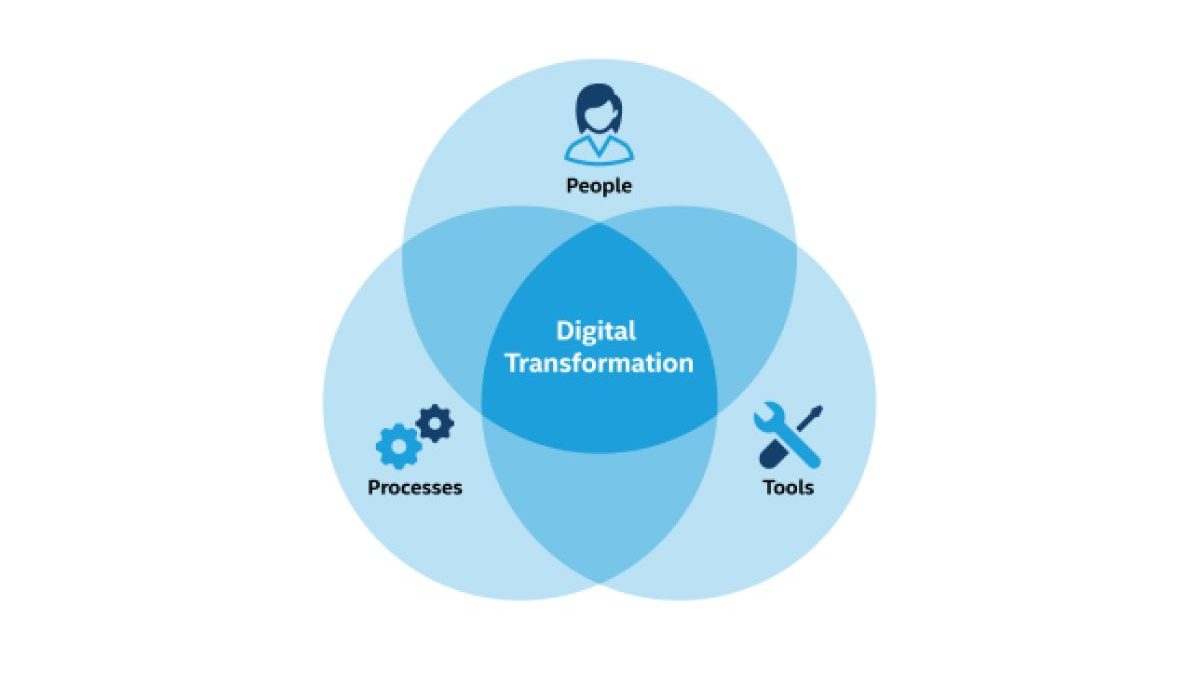The Transformation of Digital Advertising
The demand for digital advertising has changed over the last few decades due to technology, and because customers consume information differently. This evolution is characterized by the emergence of new tools, distinct targeting approaches, and greater use of individual content with more engagement. This, again, can be important for businesses that need to deal with and adapt to these changes to remain relevant in the contemporary economy. In the course of this blog, the major development milestones in the digital advertising industry will be outlined together with the advertising solutions that characterize the field.
Table of Contents
1. A brief history of digital advertising
The history of digital advertising started in the early nineties when the internet was brought into the market. Among the first types of WB marketing communication, the banners are often attributed to AT&T ‘s ‘You Will’ campaign introduced in 1994. These static ads, which most of the time were positioned at the top of the websites, were quite a revolution from the traditional types of advertisements as they gave the companies a marvelous way of extending their voice to the audiences. However, the first internet commercials were largely broadcast-centered and aimed at raising brand association, with little capacity for selecting target groups or assessing effectiveness.
2. Search Engine Marketing: The Birth of Paid Search
At the end of the nineties and the beginning of the new millennium, with the appearance of web search engines such as Google, the new form of digital advertising Search Engine Marketing SEM was launched. Google AdWords now Google Ads provided firms with a platform to bid for keywords and to put advertisements alongside search results, which would enable a company to advertise to individuals who were proactively searching for such related products. This type of advertising was more specific than banners provided a better tracking mechanism, and allowed the advertisers to evaluate the results of their promotion.
3. The Advent of Social Media Advertising
Some of the major advancements in digital advertising have however been witnessed with the introduction of social sites such as Facebook, Twitter, and Instagram. Beginning in the mid-2000s, such sites offered a fresh way for companies to interact with their public. It is a well-known fact that advertising on social media platforms enables the usage of parameters such as demographics, interests, and behaviors of a user. Also, being media that are designed for active interaction, social media allows brands to create more compelling and viral content, thus having a stronger relationship with consumers.
Today, advertising solutions offered by social media platforms include a variety of ad formats such as sponsored posts, video ads, carousel ads, and more. These formats are designed to seamlessly integrate into users’ social media feeds, making them less intrusive and more effective in capturing attention.
4. The Impact of Programmatic Advertising
Programmatic advertising has been one of the biggest innovations in digital marketing ever received. This technology involves the use of software that performs the purchase or sale of advertising space in cyberspace. Unlike traditional display advertising, programmatic advertising lets the bidding on ad impressions in real-time making it cheaper for advertising to reach out to their target public. It has also given rise to display networks and demand-side platforms (DSPs) that added even more precision and potential reach to digital advertising.
5. The Future of Digital Advertising
And while the advertising of the future will continue to go digital, it will be even more focused and interactive. AI and machine learning are on the rise; thus, allowing for more accurate targeting and individualized content, While AR and VR offer new opportunities for experiential advertising. Moreover, the recently rising topics considered crucial for the internet, namely data privacy, and the gradual exclusion of third-party cookies give advertisers new challenges of the necessity to reach customers while respecting their right to privacy.
Conclusion
There is a constant evolution of Digital Advertising due to the changes in technology and also the interaction of the consumers with the same. Starting from simple GEO pop-up banners and ending with the current stage of SMM and a programmatic, companies faced new challenges in the ever-changing environment. Taking advantage of the opportunities of modern advertising solutions and keeping abreast of trends to come, businesses can continuously be with the avant-garde of advanced digital marketing, capable of creating profound and touching commercials that will be enjoyable for customers.

